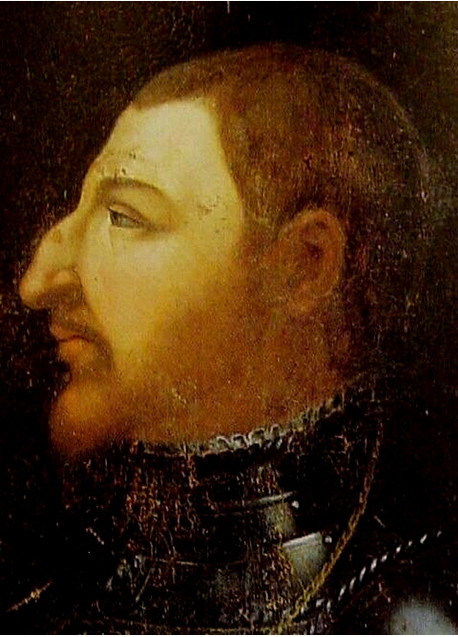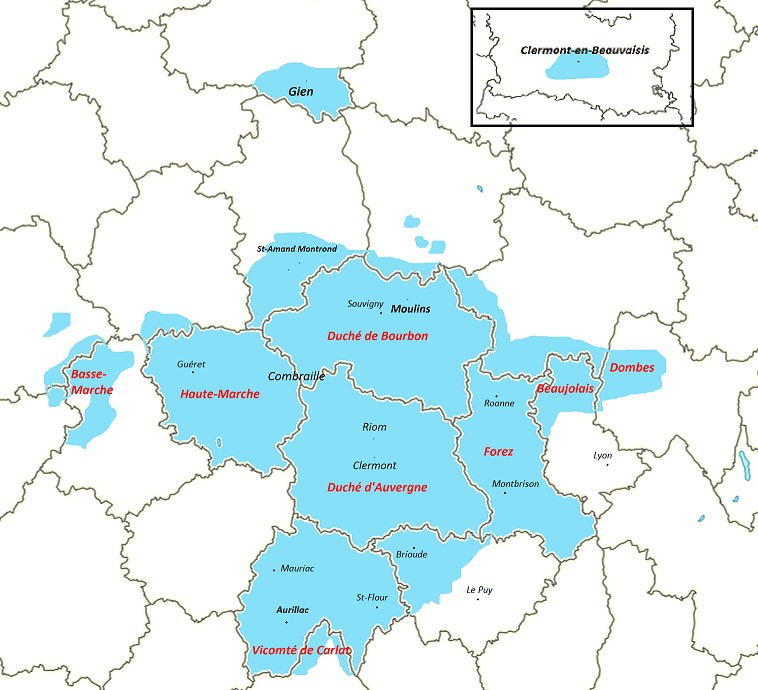
A Viking lady, married to kings and mother of two. Briefly a refugee, playing a crucial role during the rule of her sons. After her sons' death, her brother's grandson would seize the throne and his descendants still rule the country.
Story in the evening ...
Story in the evening ...
https://twitter.com/Arby_K/status/1330346440204251136
Emma de Normandie was born around 985 as the daughter of Richard, Marquis of Normandy and his wife Gunnora. Richard's grandfather, Rollo, was the Viking leader who settled in Rouen in 911, after paying homage to Charles the Simple, King of West Francia. 1/10 

In 1002, she married Æthelred, King of England. The marriage was part of an alliance to prevent either side from sheltering Viking raiders. But after the St. Brice's Day Massacre on 1002, the Danish contingent led by King Svend would intensify their assaults. 2/10 

This turned into a full blown invasion as Svend conquered England in 1013. Emma was send for protection to her brother's court with her young sons. But Svend died a year later and Æthelred was back on the English throne. 3/10 

In 1015, Svend's son, Knud, would restart an invasion. Soon, Knud would have control of all of England except London. Æthelred had already died by then. Eventually Eadmund, son of Æthelred, would retake London and Wessex dividing England into two. 4/10 

But the Anglo-Saxon rule was short lived. By 1016, Eadmund had died and Knud had complete rule over England. Emma would try to retain her step son's possessions, but Knud would instead propose to marry her. Her sons continued in exile in Normandy. 5/10 

In 1018, Knud would inherit the Danish throne from his brother, Harald. As her husband managed his multi national kingdom, Emma would play an important role as Queen in England. 6/10 

After Knud's death in 1035, Emma's son, Harthacnut, would become the ruler of Knud's realm, but his half brother Harald would be in charge of England, while Harthacnut was busy in Denmark. Emma would flee England for Bruges worried about her safety. 7/10 

With Harald's death in 1040, Harthacnut would return to England with his mother to be crowned king. Soon, her son by Æthelred, Eadward, would join them from Normandy. Emma's influence was evident as Eadward was nominated as Harthacnut's heir. 8/10 

Eadward would inherit the throne in 1043 and rule till 1066. Childless, he may have discussed his mother's grand nephew as a potential heir. But his death in 1066 would lead to a civil war with multiple claimants, with Eadward's brother-in-law elected as king first. 9/10 

Though the new king would defeat the first claimant at Stamford Bridge, he would be defeated by Emma's grand nephew, Guillaume de Normandie, at Hastings. Guillaume's Norman invasion would change England completely and the year 1066 remains a marker in English history. 10/10 

• • •
Missing some Tweet in this thread? You can try to
force a refresh














